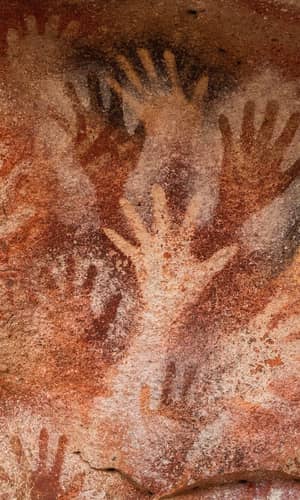Professional, peer-reviewed papers on early humans from the perspective of the recent creation and the global Flood within a biblical framework
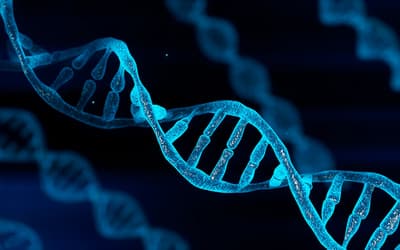
Y-Chromosome-Guided Analysis of Mitochondrial DNA Lineages in the Americas: New Evidence for a Mitochondrial DNA Root, for a Mitochondrial DNA Clock, and for at Least One Migration from Asia into the Americas in the First Millennium BC
Dr. Nathaniel T. Jeanson • July 16, 2025
In this study, Dr. Jeanson replicates his Y chromosome findings in the field of human mitochondrial DNA and shows new evidence for a mtDNA root and for the validity of mtDNA as a molecular clock.

Response to: “The Promises and Pitfalls of Correlating Y Chromosome Genetics to Human History, Review of: Traced: Human DNA’s Big Surprise by Nathaniel T. Jeanson”
Dr. Nathaniel T. Jeanson • March 26, 2025
Dr. Jeanson responds to a critique of his Traced from Dr. Carter.
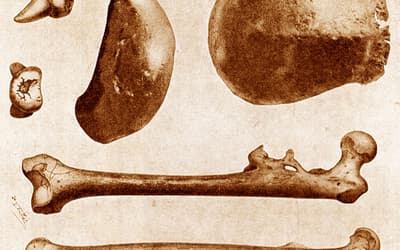
Java Man: A Creature Between Apes and Humans, an Extinct Ape, or a Primitive Man?
Dr. Jerry Bergman • May 18, 2022
Details of the Java man fossils were discussed as well as the problem of creating a species from a few bone fragments.

Testing the Predictions of the Young-Earth Y Chromosome Molecular Clock: Population Growth Curves Confirm the Recent Origin of Human Y Chromosome Differences
Dr. Nathaniel T. Jeanson • Dec. 4, 2019
The timescale for the human Y chromosome family tree has been a source of sharp disagreement within the creation/evolution debate.

Evidence for a Human Y Chromosome Molecular Clock: Pedigree-Based Mutation Rates Suggest a 4,500-Year History for Human Paternal Inheritance
Dr. Nathaniel T. Jeanson , et. al. • Dec. 4, 2019
Pedigree-based mutation rates act as an independent test of the young-earth creation and evolutionary timescales.
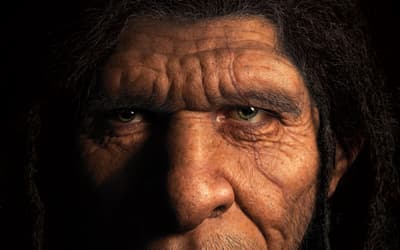
Homo naledi Probably Not Part of the Human Holobaramin Based on Baraminic Re-Analysis Including Postcranial Evidence
Jean O’Micks • Oct. 26, 2016
With the inclusion of 37 postcranial morphological characters, this work attempts to reassess the baraminic classification of H. naledi.

The Lost World of Adam and Eve: A Response
Steve Ham • July 29, 2015
This paper contends that Walton has given a magisterial authority to the ANE mythic texts in order to interpret the Genesis accounts.

Stone Tools from the Early Tertiary in Europe—A Contradiction to Any Evolutionary Theory About the Origin of Man and to Long Geological Periods of Time
Michael Brandt • June 26, 2013
Approximately between 1860 and 1930, in some cases even later, there was a discussion about flint findings from Paleocene to Pliocene strata which were similar to tools.

Baraminological Analysis Places Homo habilis, Homo rudolfensis, and Australopithecus sediba in the Human Holobaramin
Todd Charles Wood • May 5, 2010
This present study should end charges against creationists that classification of australopiths as human or ape is arbitrary and meaningless.
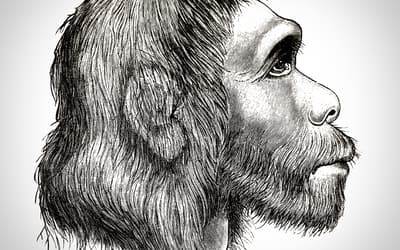
Those Enigmatic Neanderthals
Anne Habermehl • Jan. 13, 2010
Young-earth creationists rightly consider that Neanderthals were human, but are divided on various issues.

Fraud and Forgery in Paleoanthropology
Dr. Jerry Bergman • Dec. 23, 2009
A review of the history of paleoanthropology leads to the conclusion that the discipline is far less objective than that for physics, chemistry, or even biology.
Early Humans on Answers Research Journal
According to evolutionary biologists, early humans, the descendants of non-human animals, were primitive brutes that migrated out of Africa, living in caves and small family groups. They were hunter-gatherers at first, only developing agriculture much later. The creation perspective on early humans is much different. The first humans, Adam and Eve, had spoken language and were fully capable of reasoning and cultivating food. Their children engaged in farming (Cain) and shepherding (Abel), and their descendants within a few generations began building cities and making weapons and musical instruments. Clearly, the two views are fundamentally incompatible.
The discussion of early humans in Scripture contains tantalizing clues about how early man behaved. Prior to the Flood, we are told that as early as Cain, men were building cities. From Cain’s line came herdsmen, musicians, and craftsmen. All of this was before the Flood. After the Flood, we find Noah immediately planting a vineyard, and, within a few generations, his descendants were building a city at Babel. According to Scripture, early humans were highly intelligent and capable.
The goal of the Answers Research Journal (ARJ) in the area of early humans is to provide evidence for the biblical account of creation. The professional, peer-reviewed papers published herein make a strong case for the historicity of Genesis, the accuracy of Scripture from the very first verse, and a biblically based perspective of early humans. Papers review Y-chromosome molecular clock predictions, fraud in paleoanthropology, Neanderthals, and other items related to early humans from a recent creation perspective.
